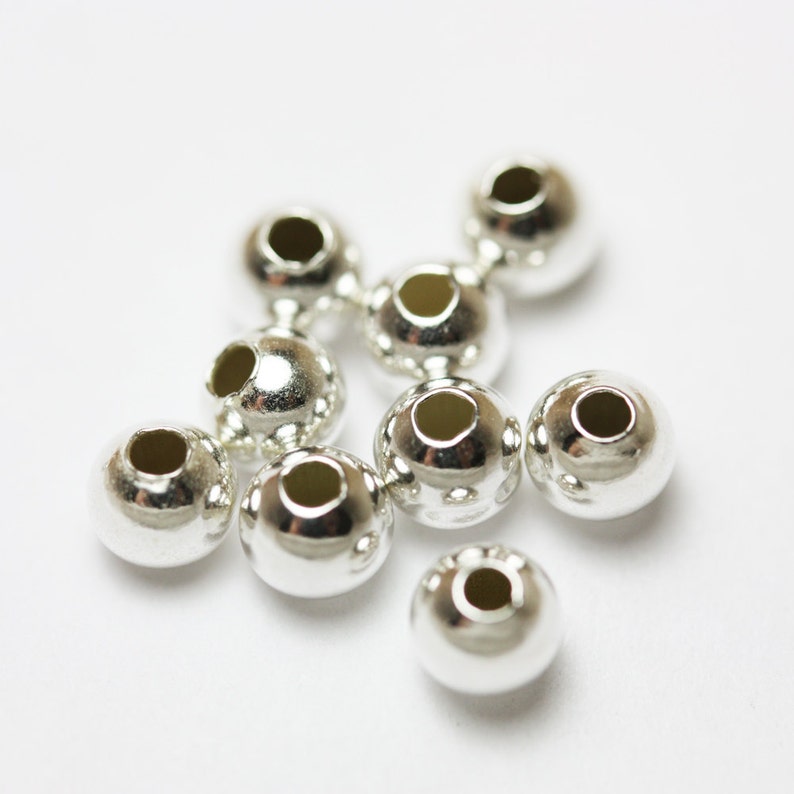
Test the post to see if it’s hard enough not to bend when used. Then grip the whole post from the bottom and turn again. Move the pliers down the post and grip it again halfway down. Grip the top of the earring post with pliers and twist them a quarter turn. The best way to harden annealed sterling posts is to twist them. This means they will be too soft to use as viable earring posts for studs until you harden them. If you embed sterling silver wire into metal clay to make earring posts, they will anneal during the firing process. Make sure that the fill material covers the lower portion of an eyelet – whether it’s handmade or a manufactured embeddable. Always check your work before firing and use lump, syringe, or thick paste to fill gaps and smooth connections. Metal clay shrinks away from an edge, so as the work dries, a gap may develop between the metal and the clay. This will help to ensure that the loop stays closed after firing. Fill the connection point with a tiny ball of lump clay, or a dollop of paste. Make sure the end of the loop wraps around to touch the ‘handle’ of the wire. Use wire wrapping techniques to form a handmade ‘lollypop’. Flattening the ends of wire before embedding it in metal clay, creates a kind of lock and key system and leaves almost no trace of the connection since the buried wire has been flattened but the visible portion is still rounded. You could also flatten round wire with pliers or a hammer to spread the metal into an axe-like profile. Giving the surface some ‘tooth’ allows the microscopic grains of metal present in metal clay to shrink into the depressions of the scratches or notches on the implant. One way to alter the portion that will be implanted into metal clay is to cut shallow notches with a file or scratch it up with coarse sandpaper. Milled metal is so smooth that you need to create a way to prevent it from working its way out of its setting over time. Prong settings have tabs, and bezel cups have holes to make the metal clay connections more secure. Eyelets and bails look a little like lollypops, with a screw-like handle that is meant to be fully buried in the clay. Made in fine silver, copper and bronze they are available in a number of shapes and sizes. This means that the metal clay must be able to shrink and grasp the metal in the same way your fingers and thumb grasp the handle of a hammer.Ĭommercially manufactured embeddable findings are cast findings that have been created especially for metal clay. Metal clay will not automatically fuse to other forms of metal, so you have to make sure there is a mechanical capture.

Read more about galvanic corrosion in this article by Jim Binnion. Copper and silver have what’s called a galvanic reaction and the copper will eventually corrode at the connection point.

This is especially true with rings, less so with other jewelry forms. Fired above 1300✯, it may come out of the kiln looking fine, but since the structure has changed, it is actually very brittle and will eventually break.Ĭopper or copper bearing metals like bronze, and any type of silver should (almost) never be used together, whether in metal clay mokume gane or when implanting hard metals into metal clay. This is especially important to know about sterling silver. First the crystalline structure changes, then when it reaches the flow point the metal becomes a molten blob. Copper metal clay and copper wire, silver metal clay and silver wire, etc. Of course, it’s safest to co-fire the same metals. Every metal melts at a specific temperature and each kind of metal clay sinters at a specific temperature, so you’ll have to do a little research to make sure that the two you choose will play well together.


 0 kommentar(er)
0 kommentar(er)
